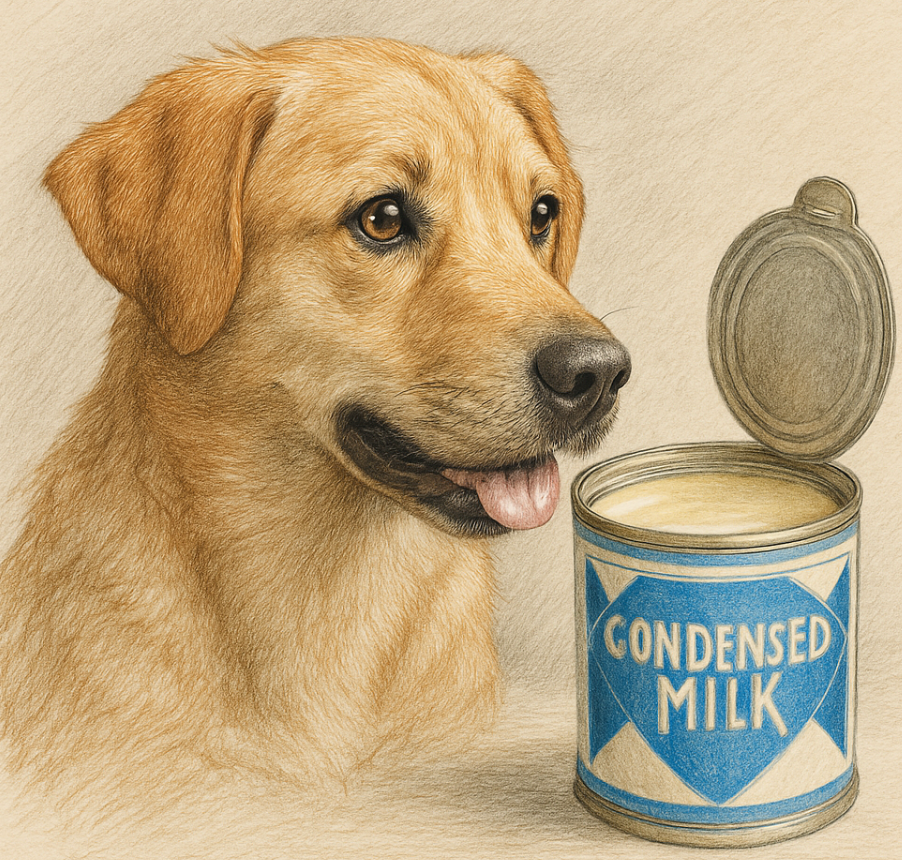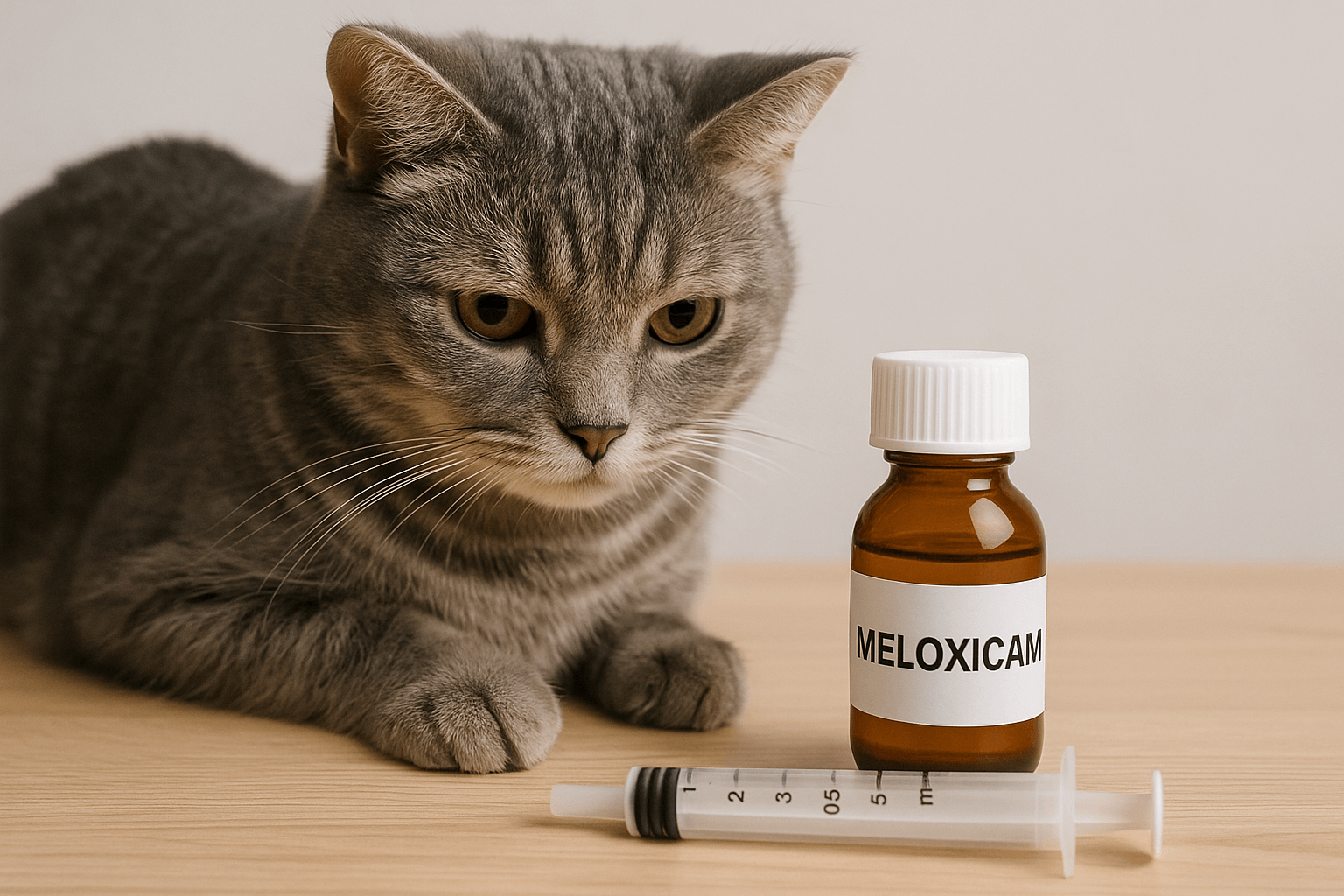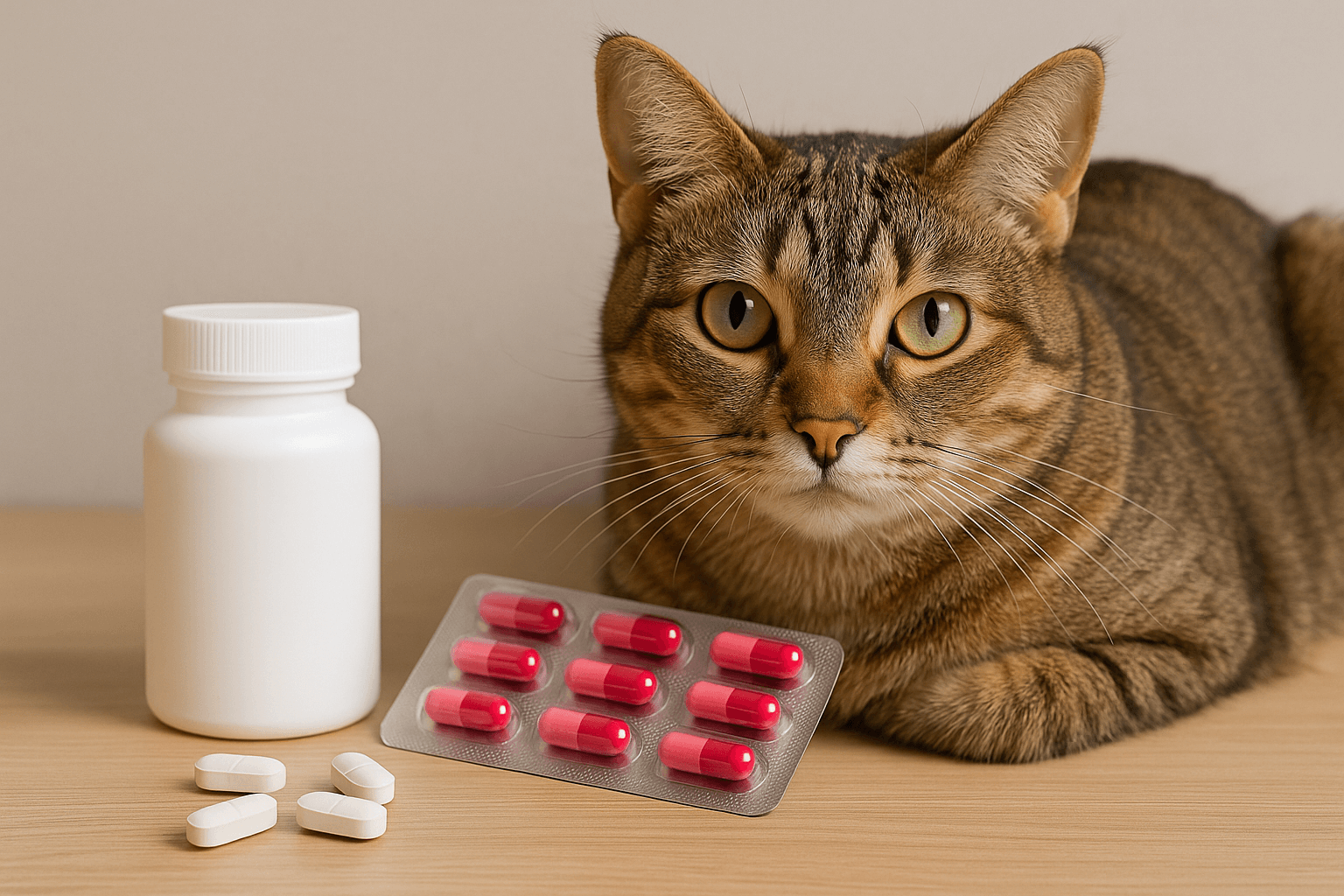Can Dogs Eat Condensed Milk?
Condensed milk is a sweet, creamy treat that many humans enjoy in desserts and beverages. But what about our furry friends? Can dogs eat condensed milk, or is it something to avoid entirely? While dogs are known for their love of food, not everything we consume is safe or healthy for them. Condensed milk, with its high sugar content and thick consistency, raises several questions about its suitability for canine consumption. In this blog post, we’ll explore whether condensed milk is safe for dogs, the potential risks involved, and healthier alternatives to satisfy your pup’s sweet tooth.
Potential Risks of Feeding Condensed Milk to Dogs
While condensed milk may seem harmless at first glance, it poses several risks to dogs due to its composition. Understanding these dangers can help you make informed decisions about your pet’s diet.
High Sugar Content:
Condensed milk is packed with sugar, which can lead to obesity, diabetes, and dental issues if consumed regularly.Lactose Intolerance:
Many dogs are lactose intolerant and struggle to digest dairy products, leading to digestive upset like diarrhea and vomiting.Weight Gain:
The calorie-dense nature of condensed milk can contribute to unhealthy weight gain, especially in small or inactive dogs.Risk of Pancreatitis:
High-fat and sugary foods can trigger pancreatitis, a painful and potentially life-threatening condition in dogs.Addiction to Sweetness:
Regularly feeding sugary treats like condensed milk can encourage picky eating habits and cravings for unhealthy foods.
These risks highlight why condensed milk should be approached with caution—or avoided altogether—when it comes to your dog’s diet.
Signs Your Dog May Have Eaten Too Much Condensed Milk
If your dog accidentally consumes condensed milk or you’ve given them a small amount, watch for these signs of discomfort or adverse reactions.
Upset Stomach:
Look for symptoms like vomiting, diarrhea, or excessive gas, which indicate digestive distress.Lethargy:
A sudden lack of energy or unusual tiredness could signal an underlying issue caused by consuming condensed milk.Excessive Thirst:
High sugar intake often leads to dehydration, prompting your dog to drink more water than usual.Abdominal Pain:
Signs of discomfort, such as whining, pacing, or reluctance to move, may indicate digestive or pancreatic issues.Changes in Behavior:
Restlessness, irritability, or other behavioral shifts can result from feeling unwell after eating condensed milk.
Recognizing these signs early allows you to take action and prevent further complications.
Check this guide 👉Can Dogs Eat Boysenberries? Best 7 Expert Tips!
Check this guide 👉Can Dogs Eat Peanut Oil? Best 7 Expert Tips!
Check this guide 👉Can Dogs Eat Marzipan? Best 7 Expert Tips!

Safe Alternatives to Condensed Milk | Risks of Unsafe Treat Choices |
|---|---|
Plain, unsweetened yogurt (lactose-free) | High-sugar snacks like condensed milk |
Small pieces of cooked chicken | Dairy products with added sugars |
Frozen banana slices | Fatty or processed human foods |
Peanut butter (unsweetened, xylitol-free) | Sugary syrups or sauces |
Homemade pumpkin puree | Store-bought desserts or pastries |
How to Safely Introduce Sweet Treats to Your Dog
If you want to give your dog a special treat, there are safer ways to do so without compromising their health. Follow these guidelines to ensure a positive experience.
Choose Natural Ingredients:
Opt for treats made from whole, natural ingredients like fruits or vegetables instead of processed sweets.Limit Portion Sizes:
Even healthy treats should be given in moderation to avoid overfeeding or nutritional imbalances.Avoid Artificial Additives:
Steer clear of foods containing artificial sweeteners, preservatives, or colors, which can harm your dog’s health.Test for Allergies:
Introduce new foods gradually and monitor your dog for any adverse reactions, such as itching or digestive issues.Consult Your Veterinarian:
Always seek professional advice before introducing unfamiliar foods into your dog’s diet.
By following these steps, you can provide your dog with enjoyable treats that won’t jeopardize their well-being.
Healthier Alternatives to Satisfy Your Dog’s Sweet Tooth
If your dog enjoys sweet flavors, there are plenty of nutritious and dog-friendly options to try. These alternatives are both safe and satisfying for your furry friend.
Blueberries:
Packed with antioxidants and vitamins, blueberries make a delicious and healthy snack for dogs.Carrot Sticks:
Crunchy and low in calories, carrots are a great way to satisfy your dog’s craving for something sweet.Apple Slices (Seedless):
Apples are naturally sweet and rich in fiber, but always remove seeds and cores before serving.Pumpkin Puree:
Unsweetened pumpkin aids digestion and provides a mild sweetness that most dogs love.Frozen Treats:
Blend plain yogurt with berries or peanut butter, pour into molds, and freeze for a refreshing treat.
These options allow you to indulge your dog’s sweet tooth without compromising their health.
Common Mistakes to Avoid When Feeding Treats to Dogs
Feeding treats to your dog can be a bonding experience, but certain mistakes can harm their health. Here’s what to avoid when offering snacks.
Overfeeding Treats:
Treats should make up no more than 10% of your dog’s daily caloric intake to prevent weight gain.Ignoring Ingredient Labels:
Always check labels for harmful additives like xylitol, artificial flavors, or excessive sugar.Assuming Human Foods Are Safe:
Many human foods, including condensed milk, are not suitable for dogs and can cause serious health issues.Feeding Table Scraps Regularly:
Table scraps often contain fats, salts, and sugars that disrupt your dog’s balanced diet.Neglecting Portion Control:
Even healthy treats can lead to obesity if given in large quantities.
Avoiding these mistakes ensures your dog enjoys treats safely and responsibly.
Understanding Your Dog’s Nutritional Needs
A balanced diet is essential for maintaining your dog’s overall health and well-being. Here’s what you need to know about meeting their nutritional requirements.
Protein is Key:
Dogs thrive on high-quality protein sources like chicken, beef, or fish, which support muscle development and energy levels.Healthy Fats Are Important:
Omega-3 and omega-6 fatty acids promote skin health, coat shine, and cognitive function.Carbohydrates Should Be Limited:
While some carbs are fine, excessive amounts can lead to weight gain and blood sugar spikes.Hydration is Crucial:
Ensure your dog has constant access to fresh water, especially after consuming salty or sugary foods.Supplements Can Help:
Consult your vet about supplements like glucosamine or probiotics to address specific health needs.
Understanding these basics helps you provide a diet that supports your dog’s long-term health.
Tips for Training with Healthy Treats
Using treats during training sessions is a great way to motivate your dog, but it’s important to choose healthy options. Here are some tips for effective and safe training.
Use Bite-Sized Portions:
Small, bite-sized treats minimize calorie intake while still rewarding good behavior.Opt for Low-Calorie Snacks:
Choose treats specifically designed for training, which are often lower in calories and easier to digest.Incorporate Play as a Reward:
Alternate between treats and playtime to keep your dog engaged without overfeeding.Track Treat Calories:
Keep track of how many treats you give during training to avoid exceeding your dog’s daily caloric needs.Reward Consistency, Not Quantity:
Focus on rewarding consistent behavior rather than giving multiple treats for a single action.
These strategies ensure your dog stays motivated and healthy during training sessions.
Frequently Asked Questions About Dogs and Condensed Milk
Is condensed milk toxic to dogs?
While not inherently toxic, condensed milk is unhealthy due to its high sugar and lactose content.
What happens if my dog eats condensed milk?
They may experience digestive upset, lethargy, or other symptoms depending on the quantity consumed.
Can puppies have condensed milk?
No, puppies are even more sensitive to lactose and sugar, making condensed milk unsafe for them.
How much condensed milk is too much?
Even a small amount can cause issues, so it’s best to avoid feeding it altogether.
Are there lactose-free alternatives?
Yes, lactose-free yogurt or specially formulated dog treats are safer options for your pet.
Prioritizing Your Dog’s Health Over Sweet Treats
While condensed milk may seem like a tempting treat to share with your dog, its high sugar and lactose content make it an unsuitable choice. Instead, focus on providing healthier, dog-friendly alternatives that satisfy their cravings without risking their well-being. By understanding the potential dangers and opting for safe, nutritious options, you can ensure your dog stays happy, healthy, and full of energy. Remember, your furry friend relies on you to make the best dietary choices for them—so always prioritize their health above all else.
Cat Fever Treatment: Best 7 Expert Tips! Discover expert advice on identifying, managing, and treating fever in cats to ensure their quick recovery and well-being.
Understanding Meloxicam for Cats: Best 7 Expert Tips! Learn how to safely administer meloxicam, manage side effects, and ensure your cat's comfort with expert advice on feline pain relief.
Amoxicillin for Cat UTI: Best 7 Expert Tips! Discover safe usage, dosage guidelines, and expert advice on treating feline urinary tract infections effectively with amoxicillin.
Understanding Cat Cancer Treatment: Best 7 Expert Tips! Discover expert advice on managing feline cancer, from early detection to treatment options, ensuring your cat’s health and comfort.




